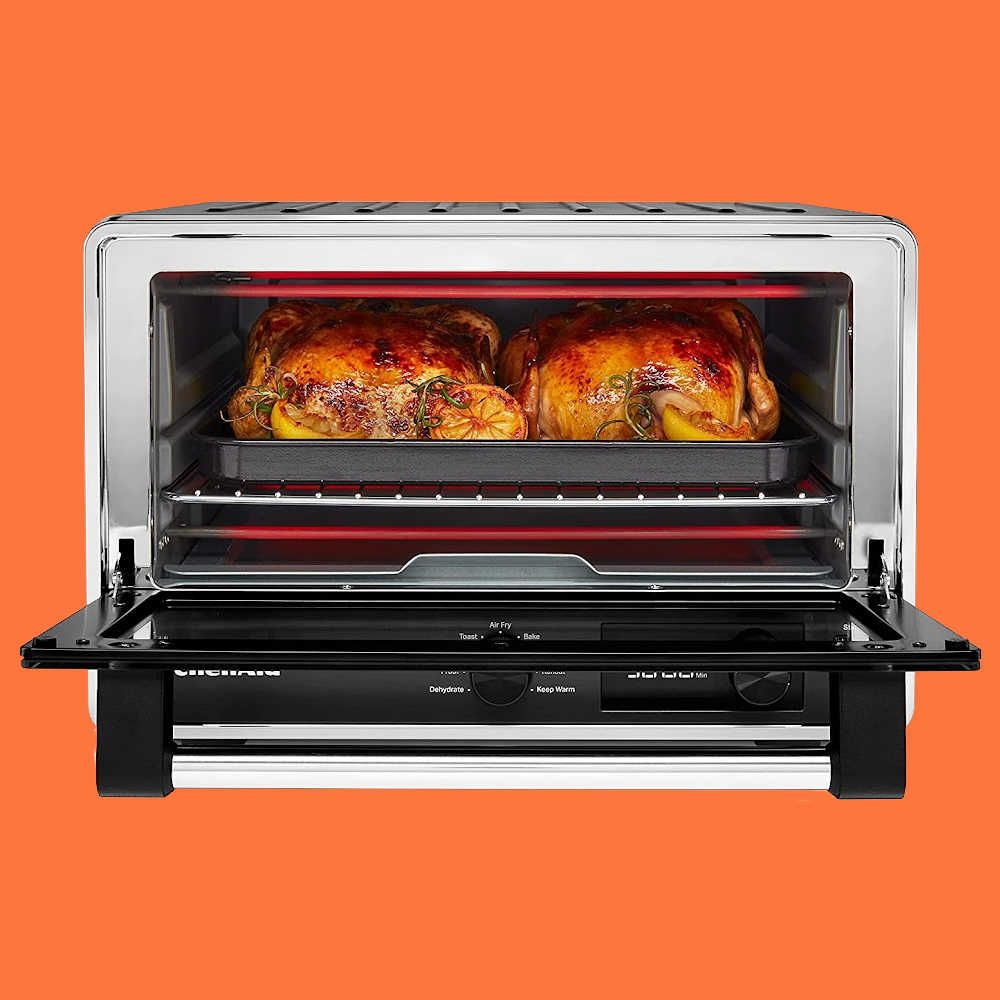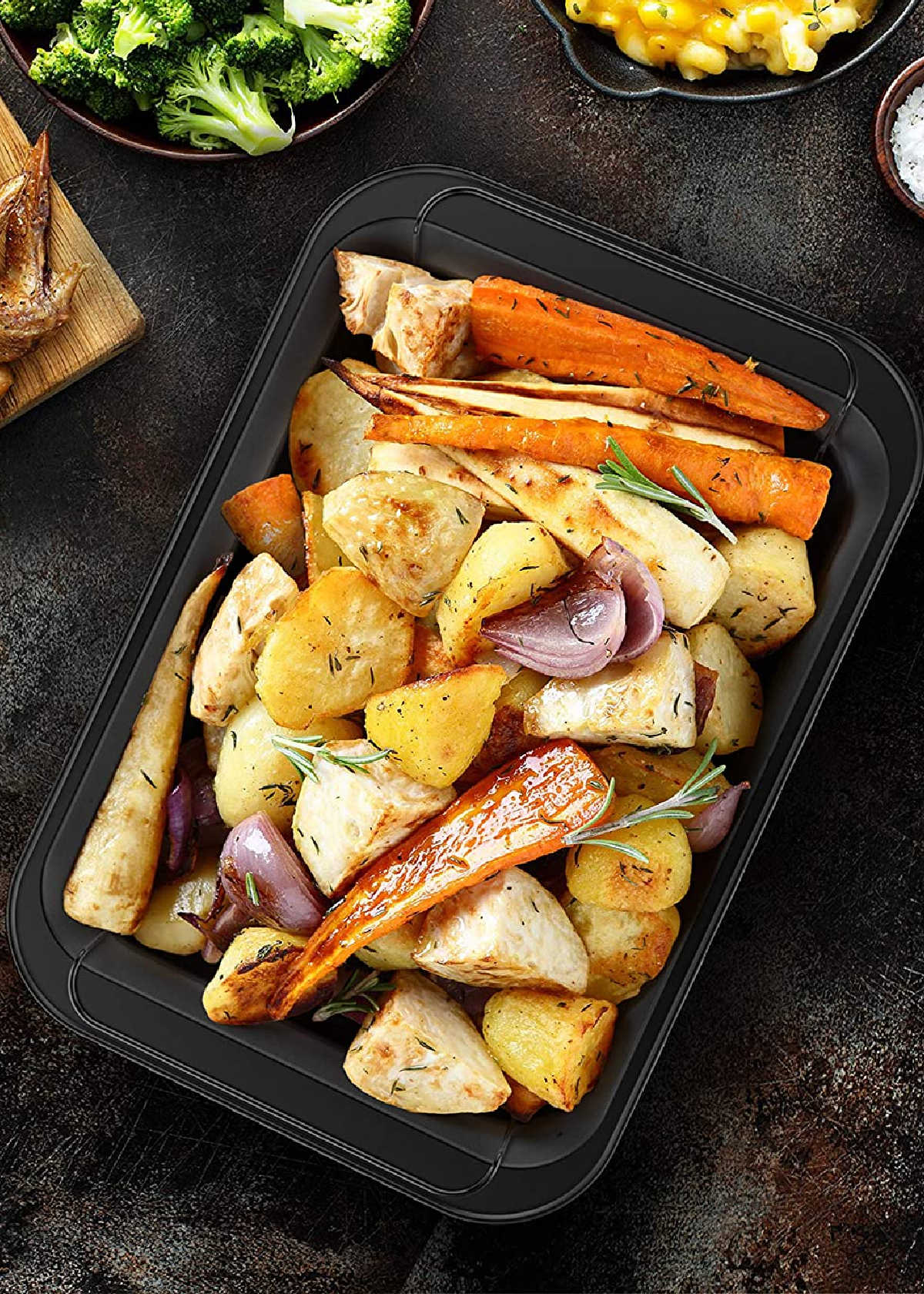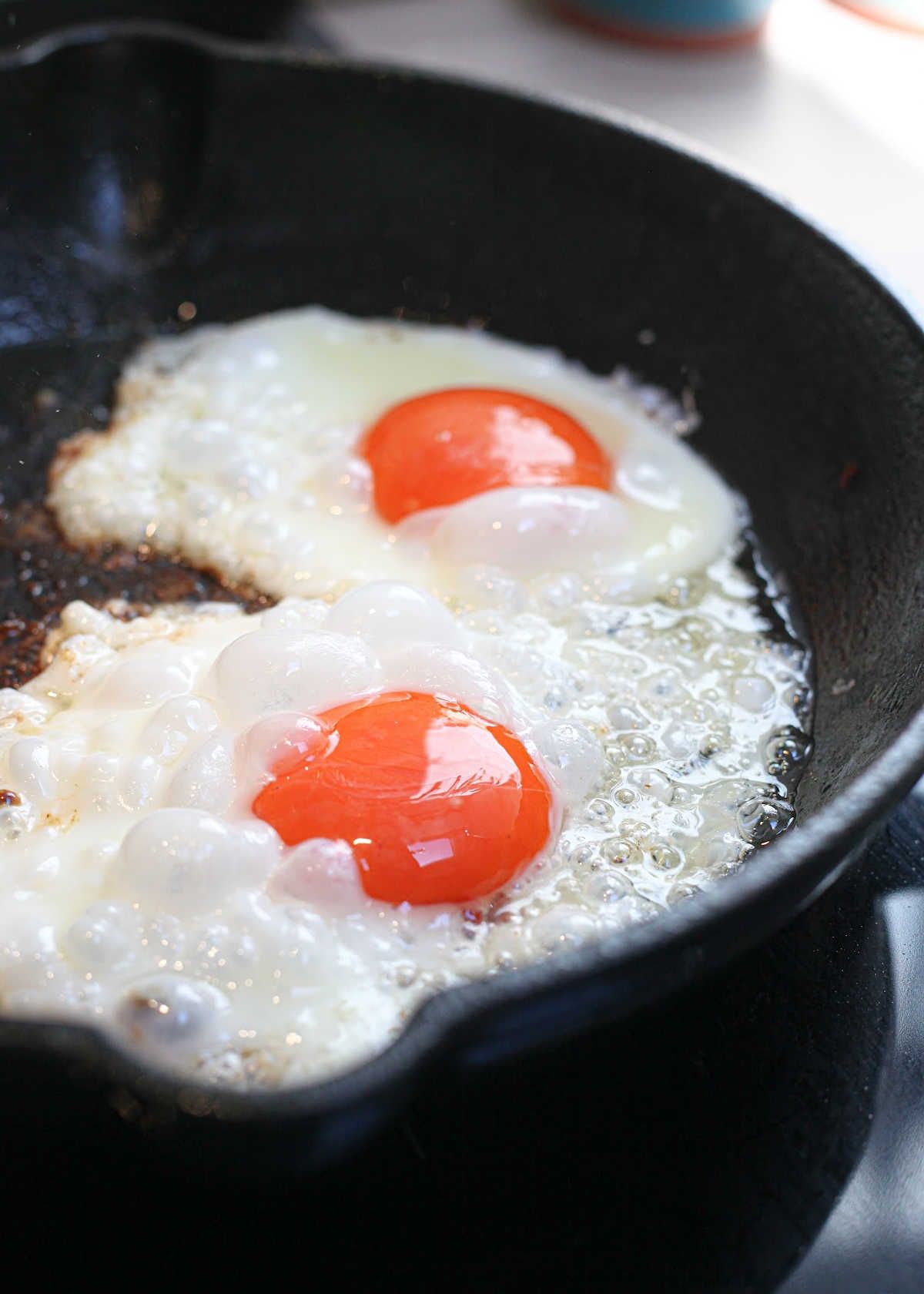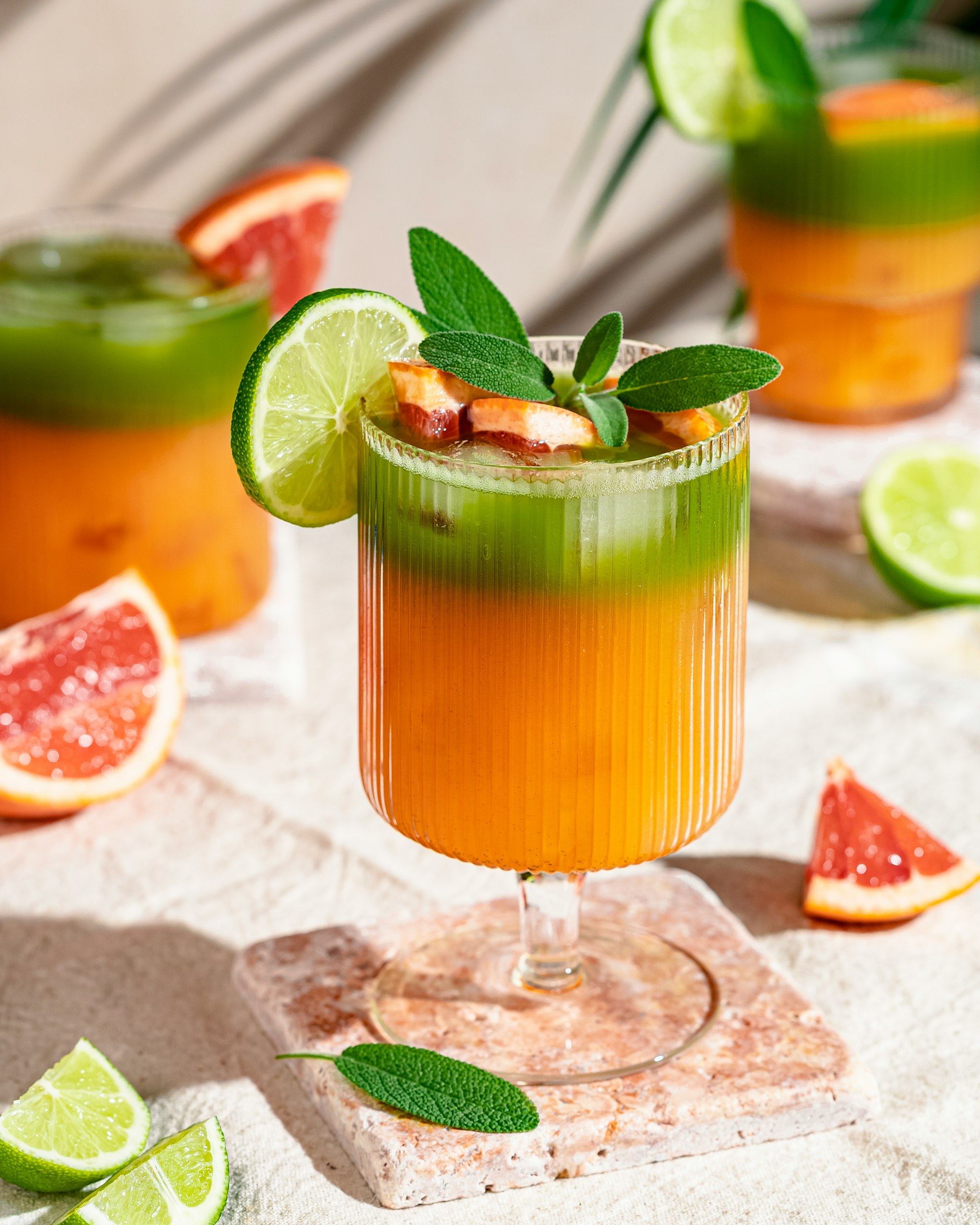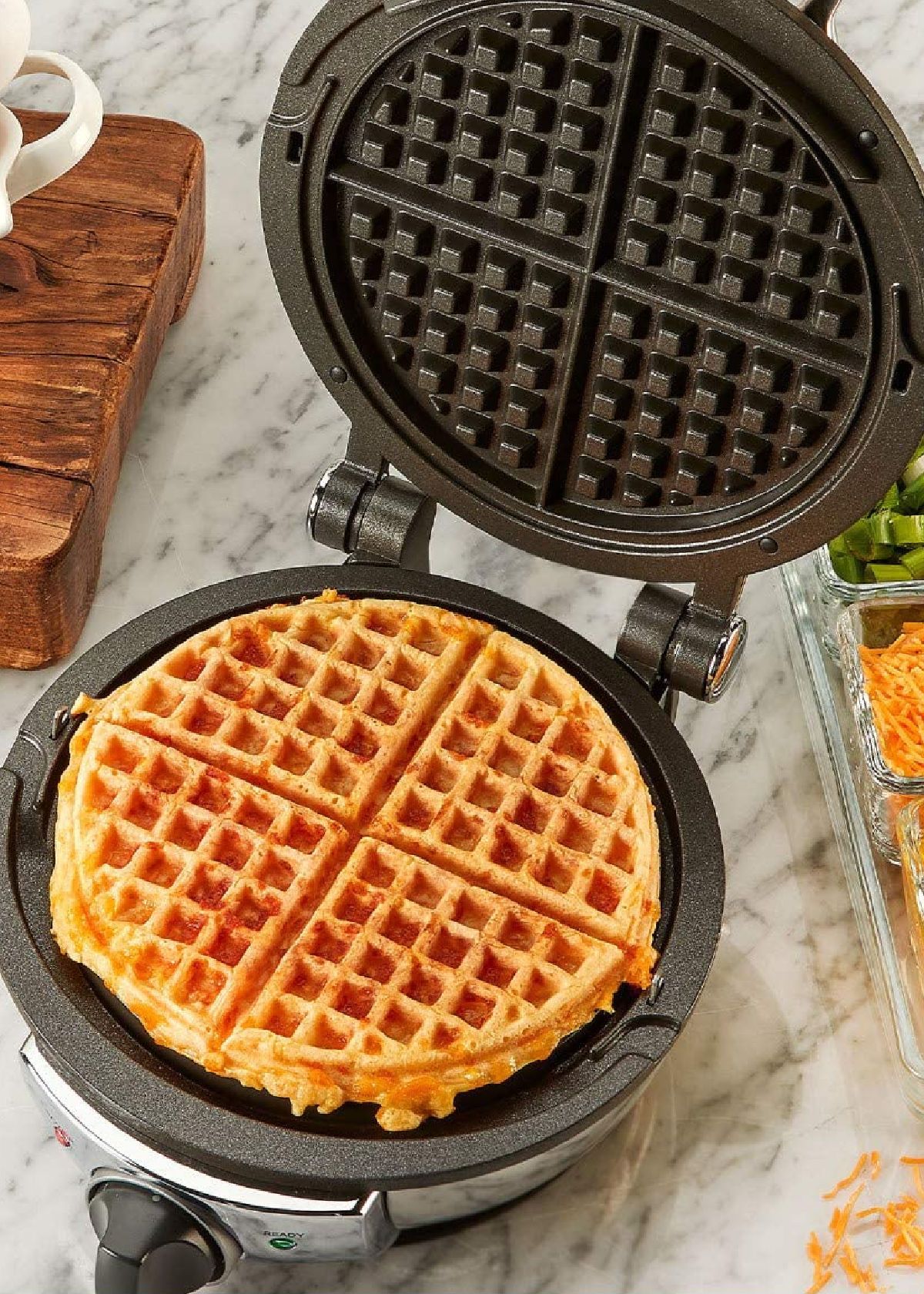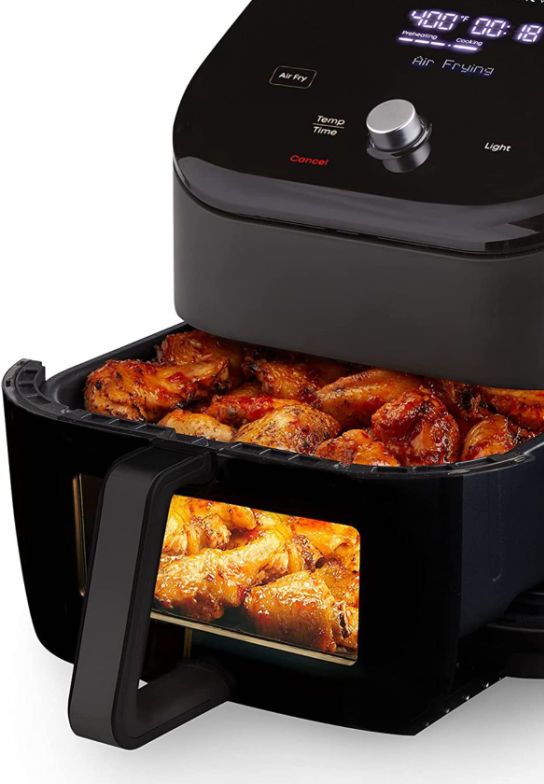Content Summary
Wine fridges are designed to provide ideal temperature and humidity levels for wines, allowing them to age properly and retain their flavor. Before investing in one, there are some important things that you should know about how a wine fridge works.
In this article, we will take an in-depth look at the differences between the two main wine fridge technologies. We'll summarize how each one works, its pros and cons, as well as some helpful tips for purchasing one.
Note: a thermoelectric wine fridge is also called a thermoelectric wine cooler, just like a compressor wine fridge is sometimes called a compressor wine cooler.


Thermoelectric vs Compressor Wine Fridge
1. Compressor Wine Fridges
A compressor wine fridge operates with a refrigerant gas that compresses and expands to cool the internal air.
The fridge's compressor circulates cool air inside the cabinet, cooling the wine to the desired temperature. This type of wine fridge can reach temperatures between 39°F - 64°F (4°C - 18°C), making it ideal for both red or white, and sparkling wines.
You often find this cooling technology in dual zone wine coolers, built-in wine fridges or large wine fridges.
Pros:
- Consistent temperature: these fridges maintain a stable temperature, making them ideal for extended storage.
- Powerful cooling operation: They have more cooling power, so they can cool to lower temperatures and can get wine bottles cold quicker.
- Versatility: Some compressor based wine coolers have separate temperature zones; this allows you to properly store wine at the correct temperature.
- High capacity: compressor fridges are usually bigger than thermoelectric, so they can store more wine bottles.
Cons:
- Higher energy consumption: Compressor wine fridges consume more energy than thermoelectric wine fridges, making them less economical to run over time.
- Noisier operation: Compressor wine fridges may be noisy when running.
- Small vibration: The compressor’s vibration can agitate sediments in wine bottles, altering the taste over time.
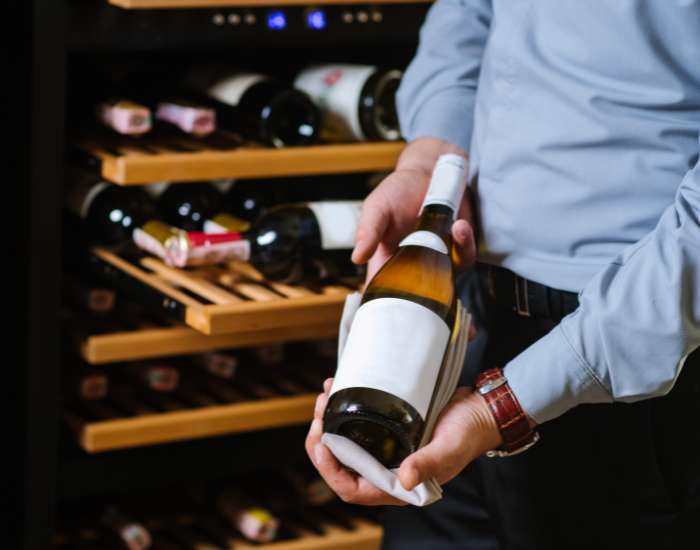
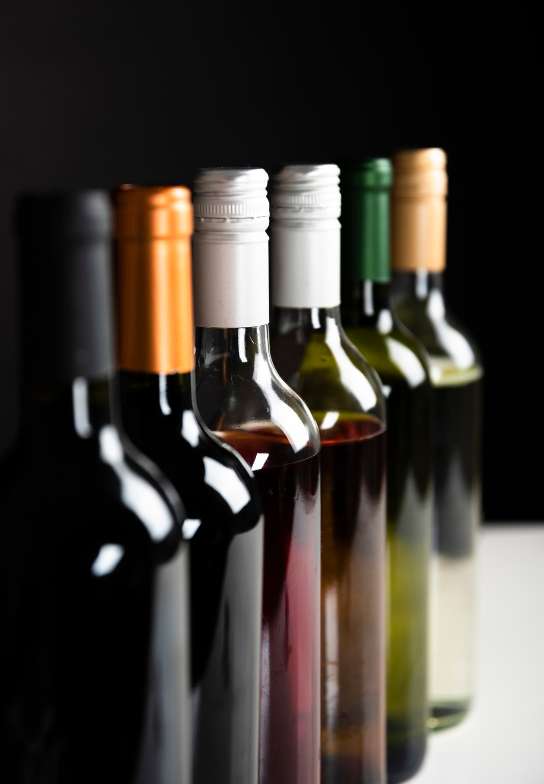
2. Thermoelectric Wine Fridges
Thermoelectric wine fridges operate without a compressor. Instead, they use electricity to cool the internal air when it's energized.
They employ the so-called Peltier effect, where voltage between two junctions in the back of the fridge transfer electricity create a temperature difference, resulting in cold air.
This cooling technology results in enough cold air for storing wine, and is often applied in small freestanding, single zone wine coolers.
Pros:
- Low energy consumption: thermoelectric wine fridges use less energy than compressor wine fridges.
- Environmental friendly: They don't use any refrigerant gas, making them more environmentally friendly.
- Quiet operation: Thermoelectric wine coolers produce little to no noise when running, making them ideal for households with open floor plans, apartments, or bedrooms.
- Vibration free: These fridges don't have a compressor, so they don't create any vibrations that can alter the wine's taste.
Cons:
- Inconsistent temperature: Thermoelectric wine fridges are not as effective at maintaining a desired consistent temperature as compressor fridges.
- Limited temperature range: These fridges are not capable of achieving temperatures as low as compressor fridges, so they’re better suited for red and white wines, but not for sparkling wines.
- Lower capacity: Thermoelectric fridges are usually smaller than compressor fridges, so they can't store as many bottles.
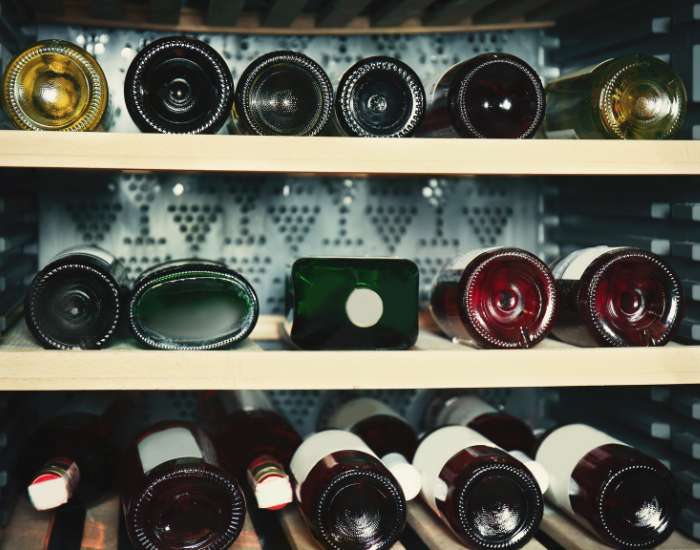
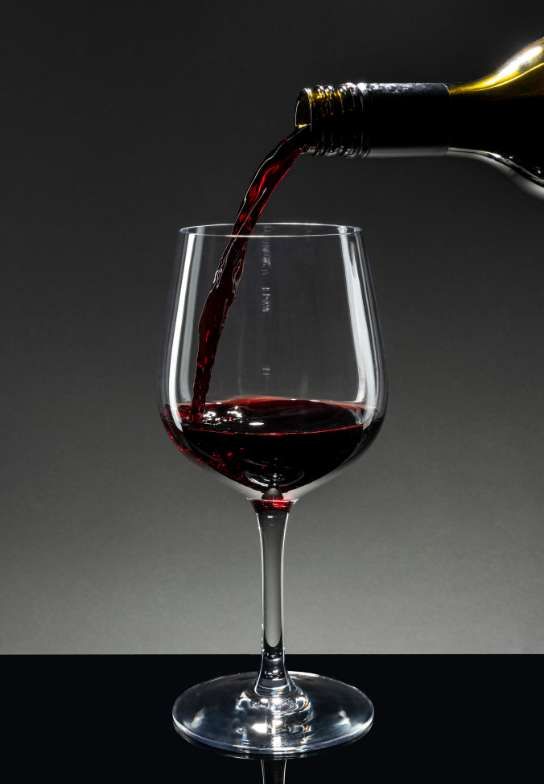
Wine Fridge FAQs
Here are some frequently asked questions about wine fridges:
What type of wine fridge should I get?
If you are looking to buy a wine fridge, it is important to consider the size and storage capacity of the model. You can pick the small-capacity fridge or slimline wine cooler if you would like to store a few bottles, or the under-counter wine refrigerator or a large-capacity unit for larger collections.
You should also consider the type of wines that you would like to store in your wine cooler, as different wines require different temperature settings. That can be a single-zone or dual-zone wine cooler.
Lastly, you should also check out the features that come with the fridge such as adjustable shelves, vibration reduction, and humidity control.
What is the best way to use a wine fridge?
The best way to use your wine cooler includes these points:
- Store your wine at the correct temperature. Different types of wines require different temperatures for optimal storage, and it is important to be aware of this when setting the temperature in your fridge.
- Keep the humidity level inside the fridge at a consistent level. The humidity level should be at 50-70%, too high or low can affect the taste of the wine and should be monitored regularly.
- Store your wines in the right place. Ideally, you should store your wine on its horizontal sides to keep the corks moist and prevent oxidation.
- Keep the wine bottles away from direct sunlight. Direct sunlight can cause the wine to spoil quickly, so make sure that your refrigerator is placed in a cool and dark area.
- Ensure adequate air circulation. Wine should be stored in a well-ventilated area to prevent the buildup of mold and mildew in the refrigerator.
- Monitor your wine fridge regularly. Regular checking and maintenance of your wine fridge is key to keeping it in good condition.
- Clean the interior of the fridge regularly. Dust and other particles can reduce air circulation and cause heat build-up.
What is the difference between a wine fridge and a regular fridge?
The temperature in a regular refrigerator fluctuates as the motorcycles on and off, which can cause the wine to spoil quickly. In addition, the shelf design in a regular refrigerator is not ideal for storing bottles of wine.
A wine fridge is specially designed to maintain a consistent temperature and humidity level that's ideal for wine storage. Additionally, many wine fridges come with features such as vibration reduction and adjustable shelves that make storing and displaying wines easy and convenient.
We have written a detailed blog post that explains the differences between these two appliances in more detail. Check out here: wine fridge vs regular fridges.
Does a wine cooler run all the time?
A wine cooler does not run all the time. A wine cooler will only turn on when it needs to cool down or reheat, depending on the temperature of the surrounding environment and the desired temperature inside the fridge.
The cooling system will turn off once it has reached its target temperature, and then it will start again when the temperature starts to rise. This cycle is repeated until the desired temperature has been reached inside the fridge.
Does a wine fridge need ventilation?
A wine fridge does need ventilation. Without proper ventilation, the humidity level inside the fridge can become too high, which can lead to spoilage of the wine.
Ventilation is also important to keep the temperature inside the fridge consistent, as any heat build-up can cause the compressor to work harder and eventually break down.
Make sure that your wine fridge is placed in a well-ventilated area, as this will help to keep it in good condition and ensure that your wines are stored under ideal conditions.
Can I leave the light on in my wine fridge?
It is best to leave the light off in your wine fridge. The light can create heat build-up inside the fridge, which can affect the temperature and humidity levels.
Most of the models automatically turn off the light when the door is closed. This keeps the interior of your wine fridge at an optimal temperature.
Can you turn a wine cooler off?
You can turn a wine cooler off. The power switch is usually located on the back of the refrigerator or at the bottom of it. If you are not using the fridge for a long period, it is best to turn off and unplug it to save energy.
Can you put other things in a wine fridge?
It is not recommended to store anything other than wine in a wine fridge. It is specifically designed to provide the ideal temperature and humidity levels for wines.
Storing food or other beverages in the fridge can affect the quality of your wine, and as the temperature is usually higher than in a regular fridge, bacterial growth could spoil the food and also, negatively affect the taste of your wines.
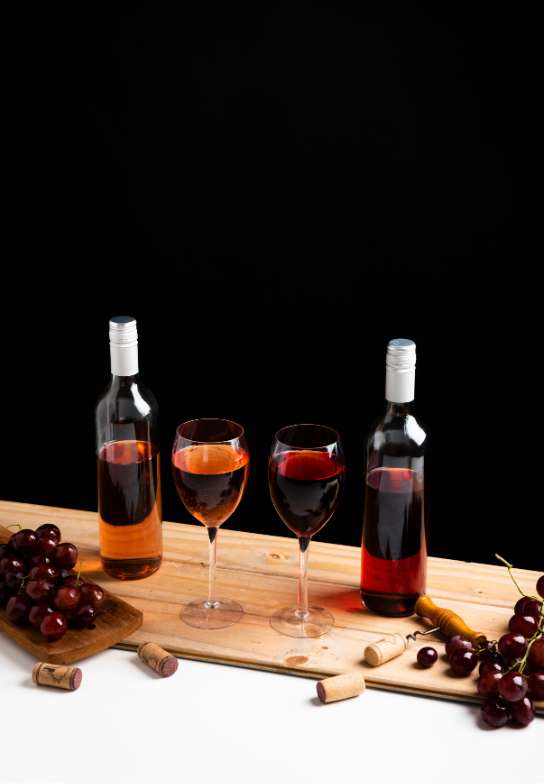
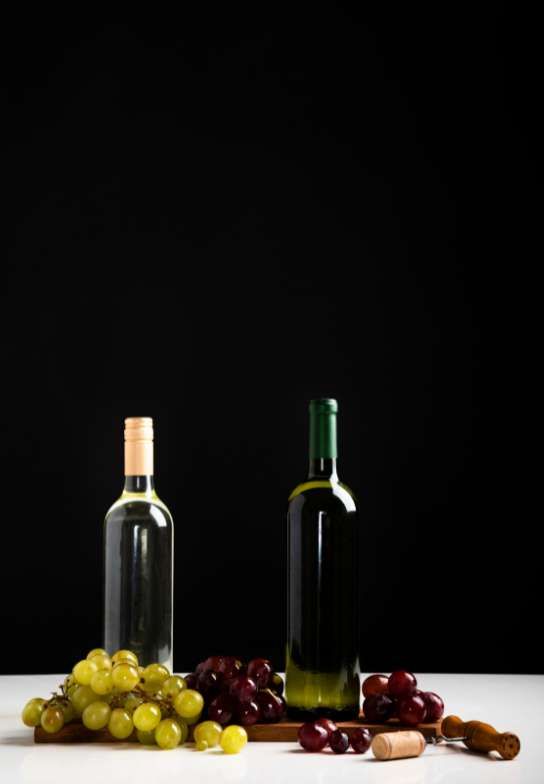
Tips & Tricks
- Consider the size and storage capacity when choosing a wine fridge.
- Make sure to provide adequate ventilation for your wine cooler.
- Do not store anything other than wine in a wine fridge as it can affect the quality of your wines.
- Consider the type of wines you would like to store and pick a wine cooler that offers an appropriate temperature setting.
Need a quality wine fridge? Check out our picks on 8 best wine fridges on the market today!
We have reviewed a variety of wine refrigerators to help you find one that best suits your needs and budget.

The right wine fridge can help you store your wines in the best conditions and keep them tasting great. We hope this guide has helped you understand the basics of how wine fridges work and the type of features you should look for before buying one.
Happy sipping!
Catchy Finds




